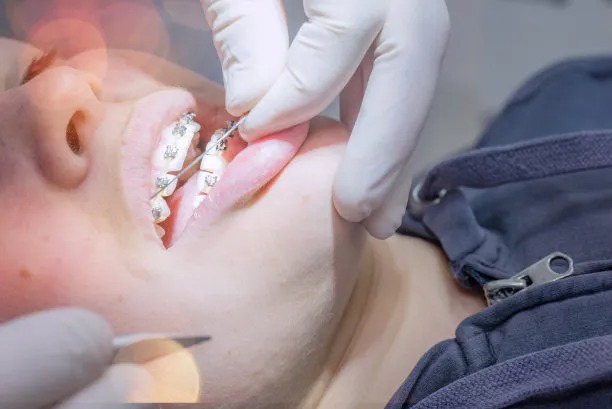The Comprehensive Guide to Understanding and Choosing Dental Implant Treatments for Optimal Oral Health and Aesthetic Improvement
Summary: In this comprehensive guide, we delve into the essential aspects of dental implant treatments, exploring their significance for both oral health and aesthetic enhancement. Understanding the types of dental implants, procedures involved, potential risks and complications, and aftercare requirements can empower patients to make informed decisions. This article aims to equip readers with the necessary knowledge, ultimately enhancing their confidence in pursuing dental implants as a solution for tooth loss, leading to lasting oral health benefits and improved appearances.
1. Types of Dental Implants Explained

Dental implants come in various types, with endosteal and subperiosteal being the most common. Endosteal implants, which are surgically placed directly into the jawbone, are designed to mimic the root of a missing tooth. This option is ideal for patients with adequate bone structure. Striking a balance of stability and integration, these implants are often preferred for their longevity and success rates in clinical practice.
On the other hand, subperiosteal implants are placed under the gum but above the jawbone. This type is suitable for individuals lacking sufficient bone volume but still desiring a fixed solution to tooth loss. Understanding these differences helps patients choose the right option based on their specific oral conditions and aesthetic goals.
Additionally, mini implants are becoming increasingly popular due to their smaller size, which makes them less invasive and suitable for patients with limited jawbone. Each type has its unique advantages that cater to diverse patient needs, thus emphasizing the importance of consulting with a dental professional.
2. The Dental Implant Procedure Outline
The dental implant procedure typically involves several stages, beginning with an initial consultation. During this phase, the dental professional assesses the patient’s overall oral health, arranges for imaging studies, and discusses treatment goals. This thorough evaluation is crucial for developing an effective treatment plan tailored to the patients needs.
Once the treatment plan is established, the surgical phase begins. This usually involves the insertion of the implant into the jawbone, which may require bone grafting if the existing bone is insufficient. Understanding this phase is essential, as the healing process can significantly affect the implants success.
The final stage involves placing a crown or prosthetic tooth that matches the surrounding teeth, enhancing both functionality and aesthetics. Following the completion of the procedure, patients can enjoy a natural-looking smile and improved oral health, highlighting the transformative potential of dental implants.
3. Potential Risks and Complications to Consider
Like any surgical procedure, dental implants are not without risks. Patients should be aware of several possible complications, including infection, nerve damage, and implant rejection. While these risks are relatively low, understanding them empowers patients to make informed decisions and encourages open communication with their dental providers.
Moreover, ensuring that patients are well-informed about the potential for bone damage or insufficient healing can aid in preparedness and smooth recovery. It’s essential to discuss these risks with a specialist who can provide insight and guidance tailored to the individuals circumstances.
Sedation and anesthesia options are also crucial components of the procedure that can lead to complications if not managed properly. Patients should discuss their medical history thoroughly to minimize risks and ensure the procedure takes place in a safe environment.
4. Aftercare and Maintenance for Dental Implants
Proper aftercare plays a vital role in the longevity of dental implants. Following the procedure, it is essential to adhere to the dentist’s post-operative instructions, which may include restrictions on diet and physical activity. This adherence can significantly reduce the risk of complications and support healing.
Regular dental check-ups and maintenance are crucial for the health of both the implants and the surrounding teeth. Patients should practice good oral hygiene, including brushing and flossing, to maintain their oral environment and prevent infections that could jeopardize the implants integrity.
Finally, staying informed about lifestyle factors, such as smoking and diet, is essential. Patients are encouraged to discuss their habits with their providers to determine any modifications necessary for optimal oral health and aesthetic results following their implant treatment.
Summary:
In summary, understanding dental implants is essential for anyone considering this treatment option. This guide has explored the different types, procedures, risks, and aftercare to empower potential patients to make educated decisions. By knowing what to expect at each stage of the process, individuals can achieve both optimal oral health and enhanced aesthetics through dental implant treatments.
This article is compiled by Vickong Dental and the content is for reference only.



